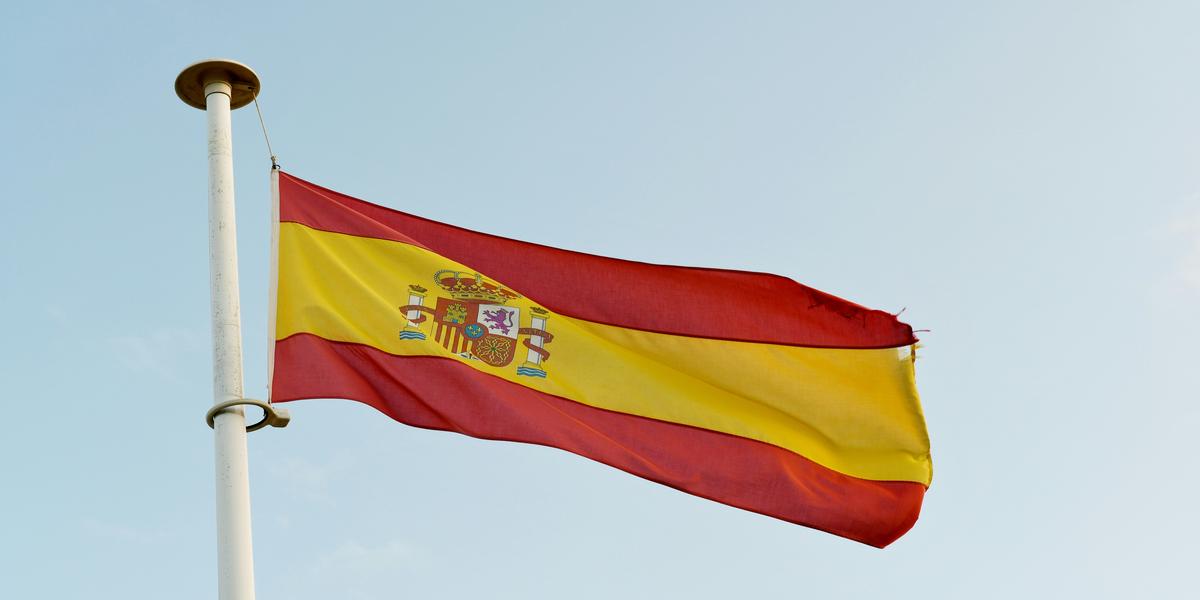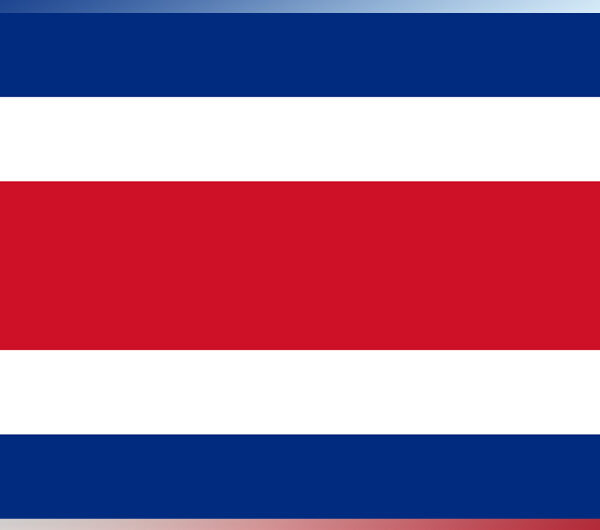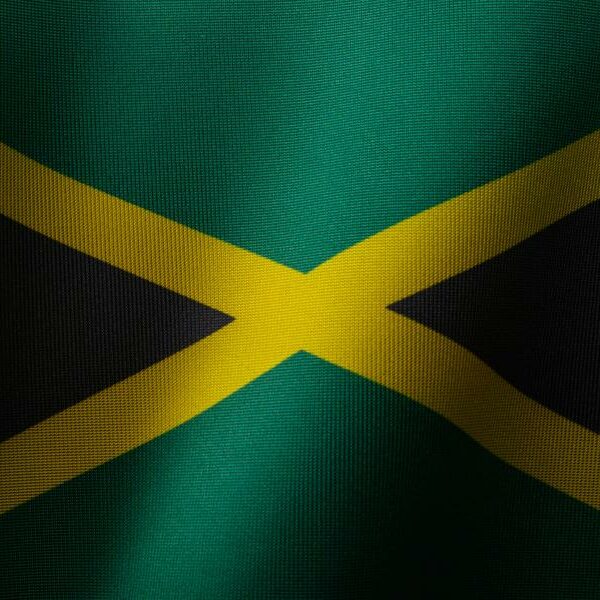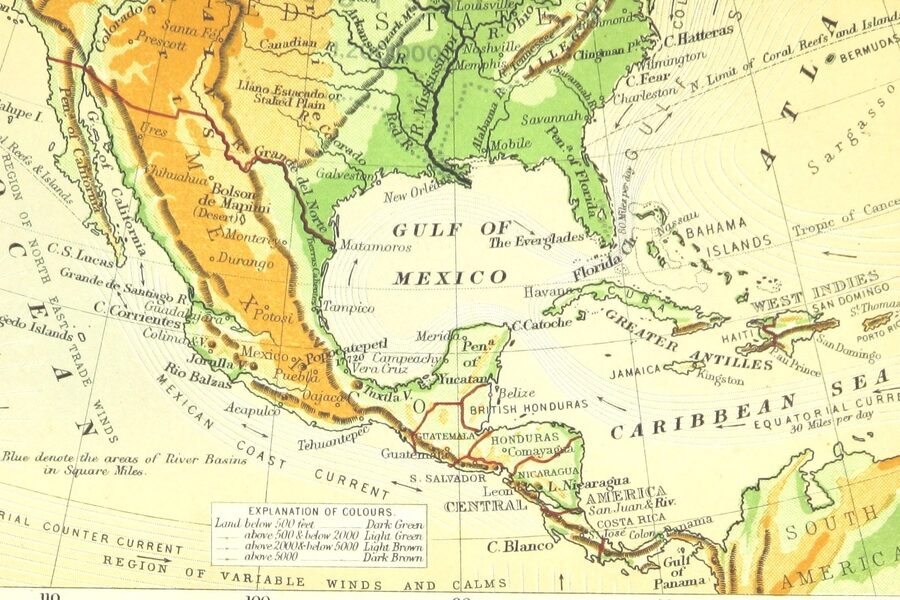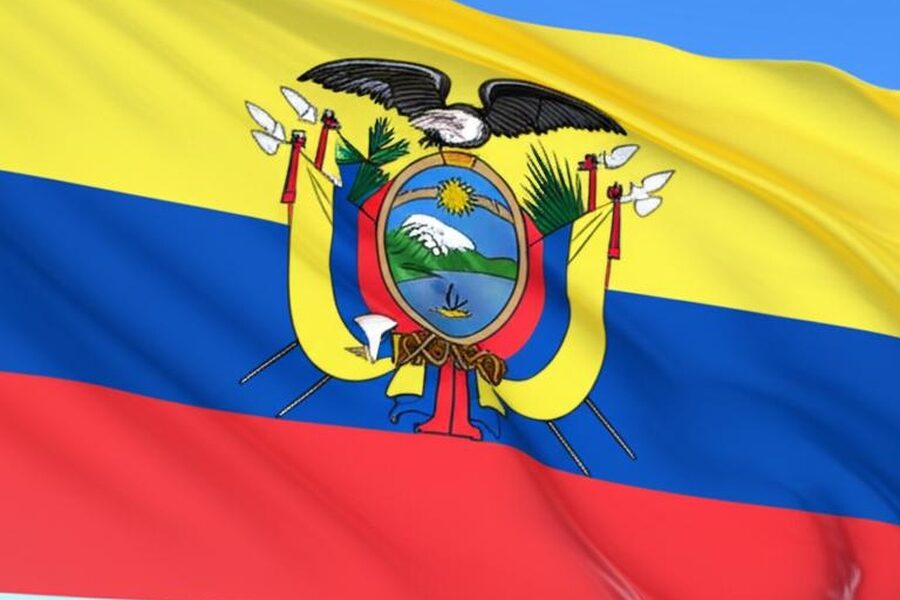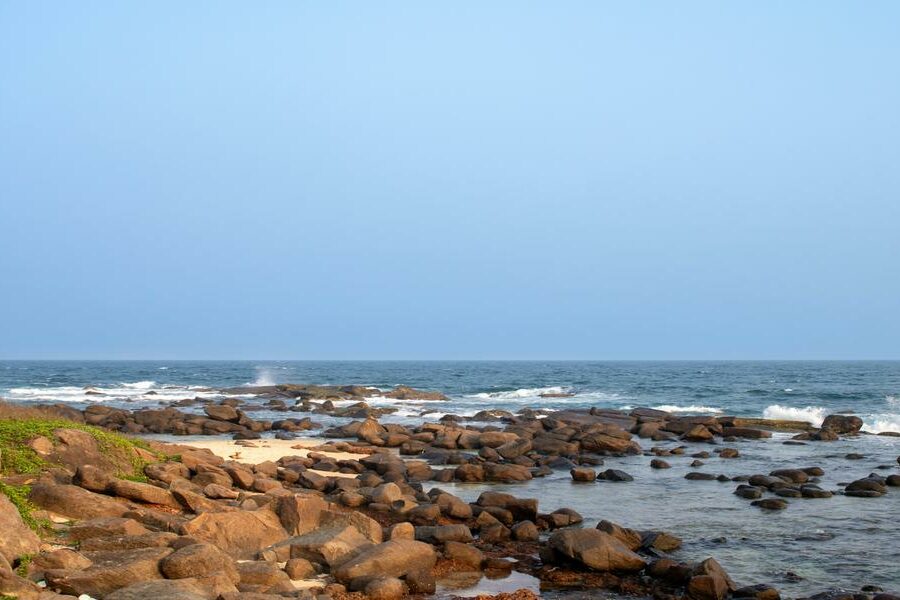There are 43 countries that feature red and yellow in their national flags today. These flags use red and yellow to show important ideas like bravery, wealth, and freedom. Many of these colors come from historical events or symbolize natural riches, such as gold or sunlight, making these flags rich in meaning and tradition.
Below is a detailed list of these countries arranged alphabetically, including images of their flags and explanations of their colors and history.
Flag This column shows the image of each country’s current national flag. It helps you quickly recognize and compare the designs.
Continent This tells you the continent where each country is located, giving regional context to the flags.
Flag Meaning (Red & Yellow) Here, you find a brief explanation of what red and yellow represent in each flag. These meanings often relate to history, culture, or important national values.
countries with red and yellow flags
| Country | Flag | Continent | Flag Meaning (Red & Yellow) |
|---|---|---|---|
| Spain | 🇪🇸 | Europe | Red symbolizes bravery and strength; yellow (gold) represents generosity and national wealth. |
| Germany | 🇩🇪 | Europe | Red represents the blood shed in struggles; yellow (gold) symbolizes liberty and wealth. |
| China | 🇨🇳 | Asia | Red symbolizes the communist revolution; the large yellow star represents the Communist Party. |
| Vietnam | 🇻🇳 | Asia | Red symbolizes the bloodshed during the nation’s revolutionary struggle; yellow represents the Vietnamese people. |
| Colombia | 🇨🇴 | South America | Yellow represents the nation’s gold and resources; red symbolizes blood shed for independence. |
| Belgium | 🇧🇪 | Europe | Red symbolizes the blood of patriots; yellow symbolizes the nation’s great wealth. |
| Romania | 🇷🇴 | Europe | Red symbolizes the bravery of the people; yellow represents the richness of the land. |
| North Macedonia | 🇲🇰 | Europe | Red represents the struggle for freedom; the yellow sun represents liberty and new beginnings. |
| Malaysia | 🇲🇾 | Asia | Red signifies courage; yellow is the royal color of the Malay rulers. |
| Kyrgyzstan | 🇰🇬 | Asia | Red represents bravery and valor; the yellow sun symbolizes peace and wealth. |
| Uganda | 🇺🇬 | Africa | Red symbolizes brotherhood; yellow represents the African sunshine and the nation’s savanna. |
| Angola | 🇦🇴 | Africa | Red represents the blood shed during the liberation struggle; yellow symbolizes mineral wealth. |
| Bolivia | 🇧🇴 | South America | Red represents the blood of national heroes; yellow symbolizes the nation’s mineral deposits. |
| Cameroon | 🇨🇲 | Africa | Red symbolizes unity; yellow represents the sun and the savannas of the north. |
| Ecuador | 🇪🇨 | South America | Yellow represents the fertility of the land and gold; red symbolizes the blood of patriots. |
| Lithuania | 🇱🇹 | Europe | Red symbolizes the blood and courage of the people; yellow represents the sun and prosperity. |
| Montenegro | 🇲🇪 | Europe | Red and gold (yellow) are traditional national colors derived from its historic royal standard. |
| Papua New Guinea | 🇵🇬 | Oceania | Red symbolizes the nation’s coastal people; yellow bird-of-paradise represents freedom and emergence. |
| Venezuela | 🇻🇪 | South America | Yellow represents the nation’s wealth and land; red symbolizes the blood of heroes. |
| Zimbabwe | 🇿🇼 | Africa | Red symbolizes the blood shed for independence; yellow represents the country’s mineral wealth. |
| Burkina Faso | 🇧🇫 | Africa | Red represents the 1983 revolution; the yellow star is the guiding light of the revolution. |
| Chad | 🇹🇩 | Africa | Red symbolizes the blood shed for independence; yellow represents the sun and the desert. |
| Congo, Republic of the | 🇨🇬 | Africa | Red represents the struggle for freedom; yellow symbolizes the wealth of the nation. |
| East Timor | 🇹🇱 | Asia | Red symbolizes the struggle for liberation; yellow represents the traces of colonialism. |
| Ethiopia | 🇪🇹 | Africa | Red represents sacrifice and heroism; yellow symbolizes hope, justice, and equality. |
| Ghana | 🇬🇭 | Africa | Red remembers those who died for independence; yellow represents mineral wealth (gold). |
| Guinea | 🇬🇳 | Africa | Red represents the sacrifice of the people; yellow symbolizes the sun and national wealth. |
| Guyana | 🇬🇾 | South America | Red signifies zeal and dynamism; yellow (golden arrowhead) represents the country’s mineral wealth. |
| Kiribati | 🇰🇮 | Oceania | Red sky symbolizes the dawn; the yellow sun and frigatebird represent power and freedom. |
| Mali | 🇲🇱 | Africa | Red symbolizes the blood shed for independence; yellow represents the purity and wealth of minerals. |
| Mozambique | 🇲🇿 | Africa | Red symbolizes the struggle for independence; the yellow star represents the spirit of internationalism. |
| Philippines | 🇵🇭 | Asia | Red represents patriotism and valor; the golden-yellow sun symbolizes unity and freedom. |
| Senegal | 🇸🇳 | Africa | Red represents sacrifice and determination; yellow symbolizes wealth from the fruits of labor. |
| Suriname | 🇸🇷 | South America | Red represents progress and love; the yellow star symbolizes unity and a golden future. |
| Togo | 🇹🇬 | Africa | Red represents the blood of martyrs; the yellow stripes symbolize mineral wealth and faith. |
| Vatican City | 🇻🇦 | Europe | Yellow (gold) and red (cords) represent the spiritual keys of St. Peter. |
| Brunei | 🇧🇳 | Asia | Yellow is the traditional color of royalty; the red crest is the national emblem. |
| Benin | 🇧🇯 | Africa | Red symbolizes the courage of ancestors; yellow represents the nation’s savannas and wealth. |
| Central African Republic | 🇨🇫 | Africa | The vertical red stripe symbolizes the blood uniting all people of the nation and Europe. |
| Guinea-Bissau | 🇬🇼 | Africa | Red symbolizes the blood of fighters; yellow represents the nation’s abundant natural wealth. |
| Moldova | 🇲🇩 | Europe | Red symbolizes the blood shed for freedom; yellow represents the country’s rich farmlands. |
| Sao Tome and Principe | 🇸🇹 | Africa | Red triangle symbolizes the struggle for independence; yellow represents the nation’s cocoa. |
| Andorra | 🇦🇩 | Europe | Red and yellow are derived from the flags of Spain and Foix (France). |
Descriptions
Spain
Spain’s flag, known as the “Rojigualda,” originated as a naval ensign in 1785. The coat of arms represents the nation’s traditional kingdoms, making it a banner of Spanish history.
Germany
The black-red-gold tricolor dates back to the 1830s as a symbol of republican and liberal movements. It was officially re-adopted by West Germany in 1949 and post-reunification.
China
Known as the “Five-star Red Flag” the four smaller stars represent the social classes united under the Communist Party. The flag was first officially hoisted in Tiananmen Square in 1949.
Vietnam
The simple design, known as the “Red flag with a gold star,” was used by the Viet Minh during their fight against French rule and became the national flag in 1976.
Colombia
The prominent yellow band, taking up the top half of the flag, makes it distinct. It’s based on the original flag of Gran Colombia, designed by revolutionary Francisco de Miranda.
Belgium
The vertical tricolor is based on the coat of arms of the Duchy of Brabant. The flag’s proportions were officially standardized to a nearly square 13:15 ratio, which is unusual.
Romania
The tricolor is nearly identical to the flag of Chad. Romania’s flag, however, has a longer history, with the colors representing the three historical provinces of the nation.
North Macedonia
Adopted in 1995, this flag features a stylized yellow sun with eight broadening rays on a red field. It replaced an earlier flag that caused controversy with neighboring Greece.
Malaysia
Known as the “Stripes of Glory,” the 14 red and white stripes represent the equal status of the 13 member states and the federal territories. The star also has 14 points.
Kyrgyzstan
The sun in the center has 40 rays, representing the 40 Kyrgyz tribes united by the epic hero Manas. The emblem inside the sun represents a yurt’s traditional crown.
Uganda
The flag’s centerpiece is the grey crowned crane, a gentle bird known for its grace, which serves as the national symbol. The six stripes represent Uganda’s vibrant culture and landscape.
Angola
The central emblem, a cogwheel and machete crossed with a star, reflects the importance of industrial and agricultural workers, drawing inspiration from communist symbolism.
Bolivia
The tricolor, known as “La Tricolor,” has been the national flag since 1851. The optional state flag includes the Bolivian coat of arms in the center of the yellow band.
Cameroon
Cameroon was the second African country to adopt the Pan-African colors. The yellow star in the center is known as the “star of unity,” representing the united republic.
Ecuador
Similar to Colombia’s flag, Ecuador’s features a prominent yellow stripe. It is distinguished by the coat of arms in the center, which depicts the Chimborazo volcano and a ship.
Lithuania
The tricolor was first used in 1918 and restored in 1989 during the independence movement. The colors are rooted in traditional Lithuanian folk textiles and heraldry.
Montenegro
The flag is a banner of the coat of arms of Montenegro, featuring a golden two-headed eagle. It was officially adopted in 2004, replacing a former Yugoslav-era tricolor.
Papua New Guinea
Designed by a 15-year-old schoolgirl in a nationwide competition, the flag was adopted in 1971. The Southern Cross on the black portion represents the country’s link to other nations.
Venezuela
The eight stars in the arc represent the seven original provinces that signed the Venezuelan Declaration of Independence, with the eighth star added in 2006 to represent Guayana.
Zimbabwe
The Zimbabwe Bird, a national symbol, is featured in gold on the white triangle. The red star behind it represents the nation’s aspirations and the ruling ZANU-PF party.
Burkina Faso
The flag’s colors also symbolize the nation’s natural wealth (green, not present) and its revolutionary spirit. The name Burkina Faso means “Land of Incorruptible People.”
Chad
Its vertical tricolor is nearly identical to Romania’s, differing only in the shade of blue. This similarity has occasionally caused minor diplomatic confusion at international events.
Congo, Republic of the
The flag uses the traditional Pan-African colors in a unique diagonal arrangement. It was adopted in 1959, abandoned in 1970 for a Soviet-style flag, and then readopted in 1991.
East Timor
The black triangle represents the “obscurantism that needs to be overcome.” The flag was adopted in 2002 when the nation, also known as Timor-Leste, gained full sovereignty.
Ethiopia
The green, yellow, and red tricolor has been influential across Africa (Pan-African colors). The central emblem, a pentagram with rays, symbolizes the unity of its diverse peoples.
Ghana
Ghana was the first sub-Saharan African country to gain independence in 1957. The black star is called the “lodestar of African freedom” and was inspired by Marcus Garvey’s movement.
Guinea
The simple vertical tricolor adopted the popular Pan-African colors in reverse order to the flag of Mali, its neighbor. The design was inspired by the French Tricolore.
Guyana
Known as “The Golden Arrowhead,” the flag’s colors and shapes symbolize forests (green), rivers (white), mineral wealth (gold/yellow), zeal (red), and endurance (black).
Kiribati
The flag is unique as it’s one of the few national flags that is a heraldic banner based directly on the country’s coat of arms, granted by the British in 1937.
Mali
Mali’s simple vertical tricolor is a classic example of Pan-African colors. It is identical to the flag of Guinea, but with the colors in the reverse order.
Mozambique
It is the only national flag in the world to feature a modern assault rifle (an AK-47), which is crossed with a hoe, symbolizing defense and agriculture.
Philippines
Uniquely, the flag can be used to indicate a state of war. If flown with the red stripe on top, it signals that the Philippines is at war.
Senegal
The flag features the popular Pan-African colors. The green star in the center represents hope and the five pillars of Islam, the nation’s majority religion.
Suriname
The flag was adopted upon independence in 1975. The five points of the star represent the major ethnic groups that make up Suriname’s diverse population.
Togo
The five horizontal stripes represent the five administrative regions of Togo. The white star of hope rests in a red canton, symbolizing the blood shed for independence.
Vatican City
The flag of Vatican City is one of only two square national flags in the world (the other being Switzerland). The yellow and white fields represent the papal keys and tiara.
Brunei
The flag’s yellow field is the dominant feature, representing the Sultan of Brunei. The diagonal black and white stripes represent the country’s two chief ministers.
Benin
The flag proudly uses the Pan-African colors. It was first adopted in 1959, replaced during a Marxist period, and then reinstated in 1990 after the regime fell.
Central African Republic
The flag uniquely combines the French tricolor (blue, white, red) and Pan-African colors (green, yellow, red) to honor both its history and its African identity.
Guinea-Bissau
The flag is heavily influenced by the flag of Ghana. The black star is a well-known symbol of African unity and freedom, representing the people of the continent.
Moldova
The flag is a vertical tricolor, nearly identical to those of Romania, Andorra, and Chad. It is distinguished by the Moldovan coat of arms in the center yellow stripe.
Sao Tome and Principe
The two black stars on the yellow band represent the two main islands that make up this small island nation located in the Gulf of Guinea.
Andorra
Andorra’s flag reflects its co-principality status, with colors representing both France and Spain. The coat of arms in the center bears the motto “Virtus Unita Fortior” (United Virtue is Stronger).

